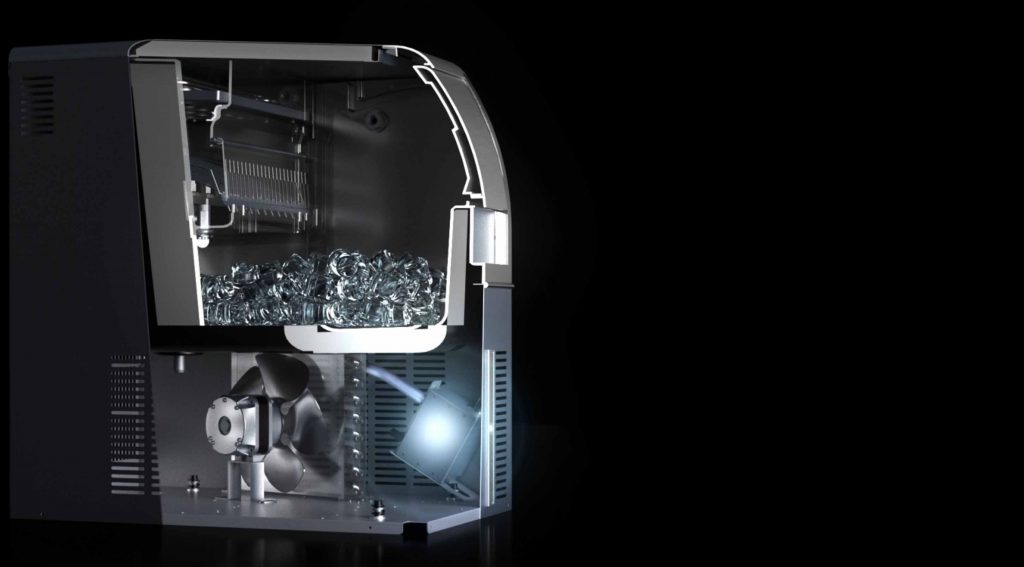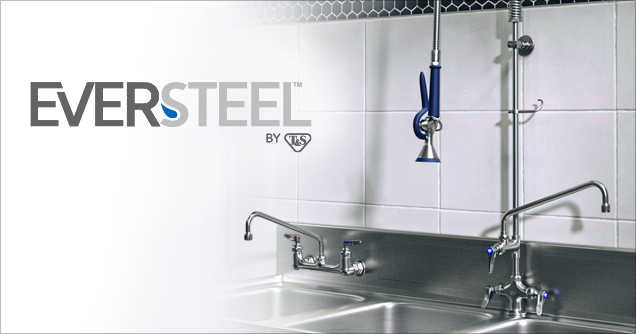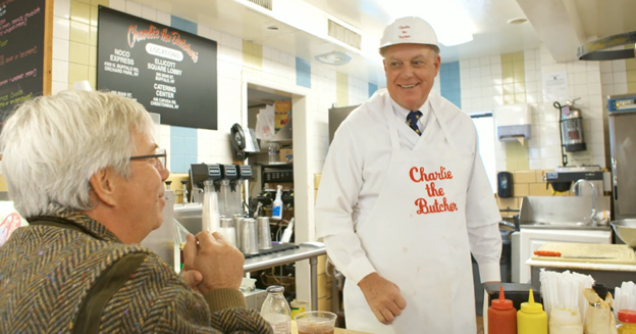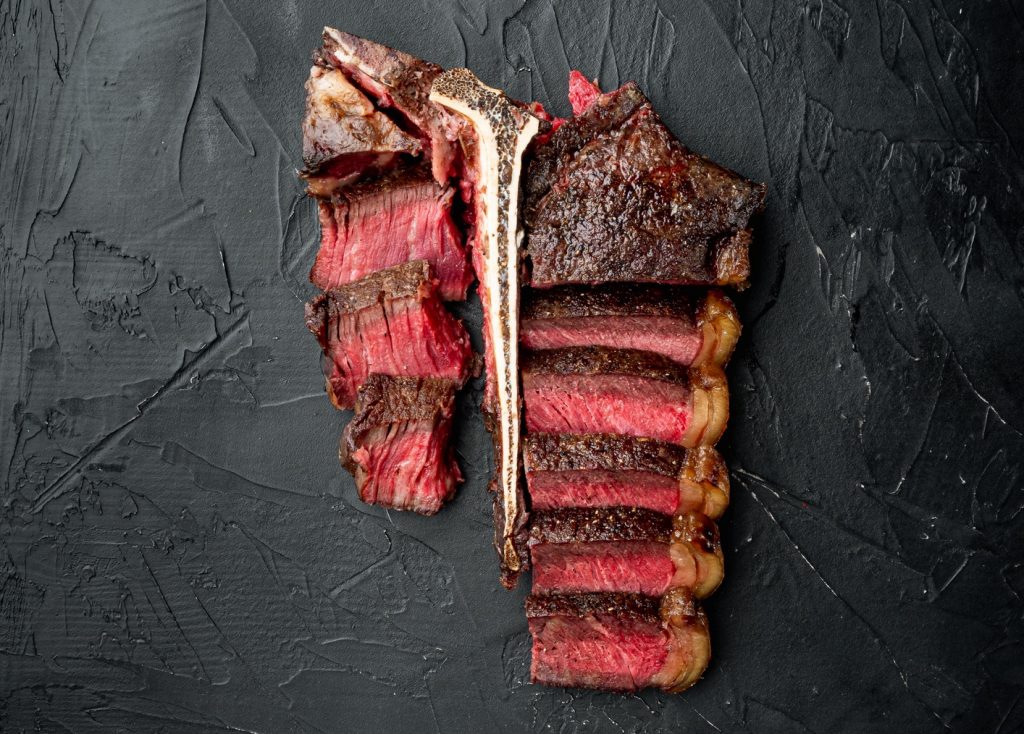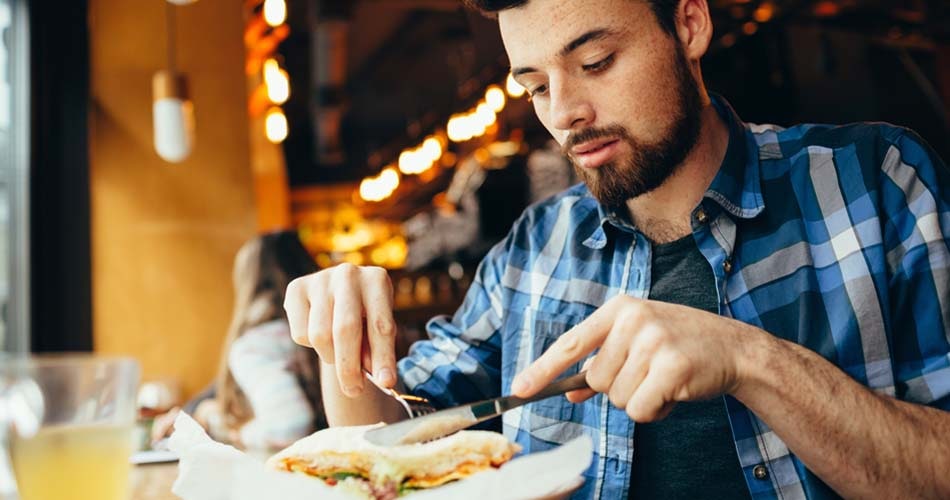
As our lives get busier and we have less time to prepare meals at home, the number of individuals buying food on the go is increasing.
Solo eating-out grew twice as fast as all other visits in 2019, according to new research by The NPG Group. There were 4.4 billion solo eating-out visits (including foodservice delivery) in Britain in 2019, accounting for over 38% of the 11.57 billion visits in the foodservice market.
But the majority of these customers – eight in 10 – are choosing to get their food to go, rather than dine in, meaning that restaurants are missing out on the opportunity to up-sell additional products.
Understanding the challenge
This reluctance to dine in may suggest that some people don’t feel comfortable eating alone.
“Solo customers are understandably concerned about standing out, looking like a sore thumb in a restaurant, and want to eat in the comfort of their own home or hotel,” says consultant Julian Edwards FCSI, past chair of FCSI UK & Ireland and director of GY5 Ltd, not to mention that it presents the most cost-effective option, rather than paying for all the sundry items you would when dining in.
It may also be due to workplace pressures, with customers feeling like they need to get back to work rather than enjoy a leisurely meal.
NPG Group’s research found that solo eating while at work is 80% more likely than average and customers prefer to complete their orders as quickly and conveniently as possible.
“The shrinking lunch break means workers want efficiency, and many foodservice outlets are making ordering and collecting food speedy and smooth. Ordering via click and collect, delivery and self-service kiosks are making solo eating ‘al-desko’ easier than ever,” said Dominic Allport, insights director and head of UK foodservice, The NPD Group.
The most popular menu options for solo eaters include the quick-service ‘ethnic’ channel, including a wide variety of pan-Asian, Indian and Chinese food, followed by Pizza and Italian.
Catering to the solo audience
“Restaurants aren’t geared up for solo dining but it’s definitely something they should be taking advantage of,” said Edwards.
However, Edwards does recognise that catering for this audience brings its challenges. “The benefit is that you’re attracting an often-difficult sector, which is generating additional revenue. But if you have 10 tables all being used by solo diners, that does cut your revenue in half, so it depends on your covers and how you manage your seating.”
Allport suggests that one obvious improvement is to create a more inviting interior, with counter-style seating to make eating alone on the premises less daunting.
“And if lone diners want to linger to do some work, then friendly staff, pull-out desks, power sockets and table ordering via an app can all help to maximise additional spend,” he says.
Providing charge points, encouraging the use of electronic devices (perhaps on quiet mode) and offering free wifi are just some things restaurants can so to de-stigmatise solo dining, agrees Edwards.
“Restaurants need to make that experience an enjoyable one,” he says. “It’s about understanding and catering for individual customer needs, so those who would rather eat alone or business customers have somewhere comfortable to eat without feeling conspicuous. They may even want to up the anti and offer a connection service whereby solo diners are sat together if they choose.”
Liz Cooley

